Integrating AV & Collaboration Tech in Mobile Command Units
Mobile Command Units are no longer just trucks with radios, but they are advanced mobile hubs where audio-visual (AV) technology and collaboration...
8 min read
Craftsmen Industries Oct 30, 2025 7:34:54 AM
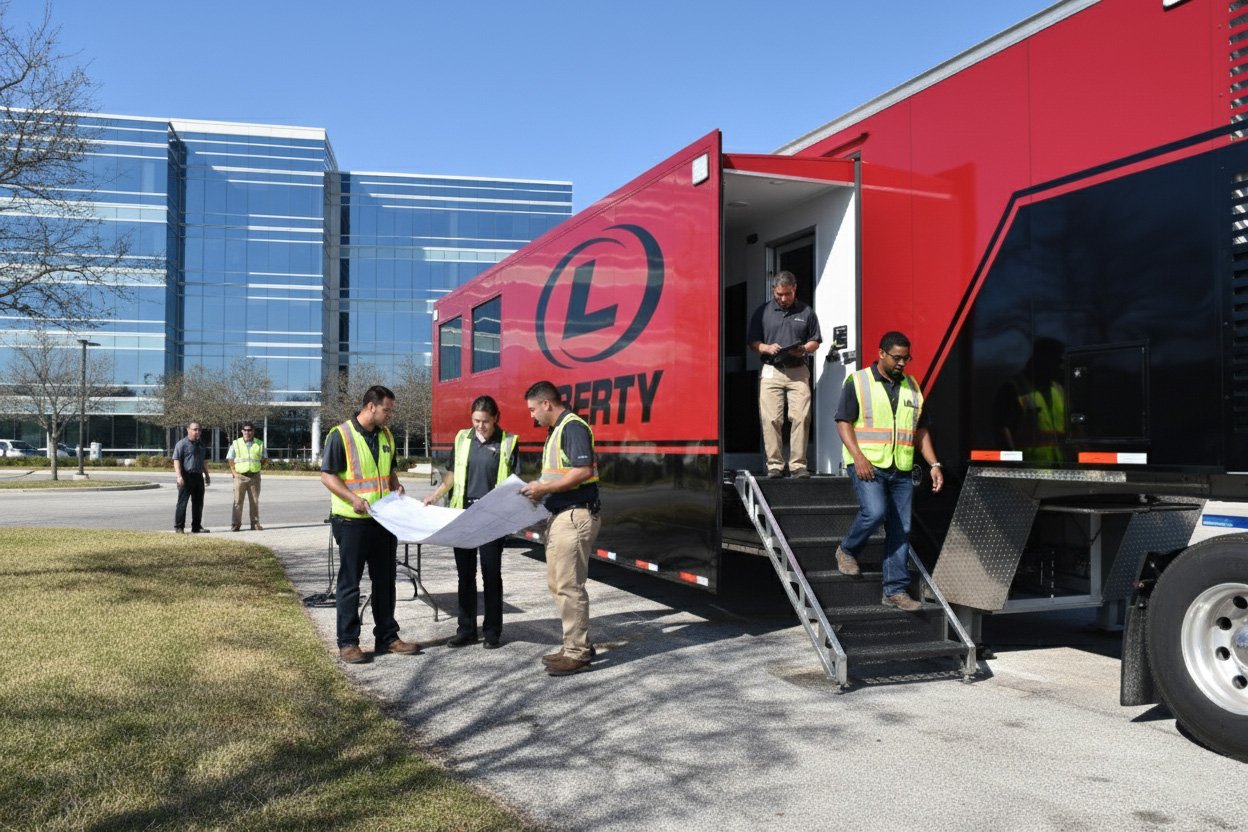
In this world where everything can be on wheels, why not an office be? So you can take your office anywhere, like out to a construction site, a busy event, or even a disaster zone. That’s exactly what mobile command centers (MCCs) do. They’re like offices on wheels, packed with the tools and technology teams need to stay connected, make quick decisions, and keep operations running smoothly.
In today’s world, where work often takes place far from company headquarters, MCCs make it easier to bring leadership and communication directly to the field. Whether it’s an oil company checking pipelines or a construction team managing a big project.
Even government experts emphasize the importance of mobile command systems. The Department of Homeland Security explains that they help connect different teams and agencies so everyone can work together, even in tough situations.
Read this blog to explore how MCCs work, why companies are investing in them, and what the future of field operations looks like with these powerful mobile units.
Mobile command centers are specialized mobile units designed to bring decision-making power and advanced communication tools directly to the field. They’re equipped with everything a company needs to manage operations without relying on headquarters. From energy projects to event security, Mobile command centers keep teams connected, informed, and efficient, no matter the setting.
An MCC is like a rolling headquarters. Inside, you’ll often find secure satellite communication, wireless internet, advanced computers, video conferencing, and workstations.
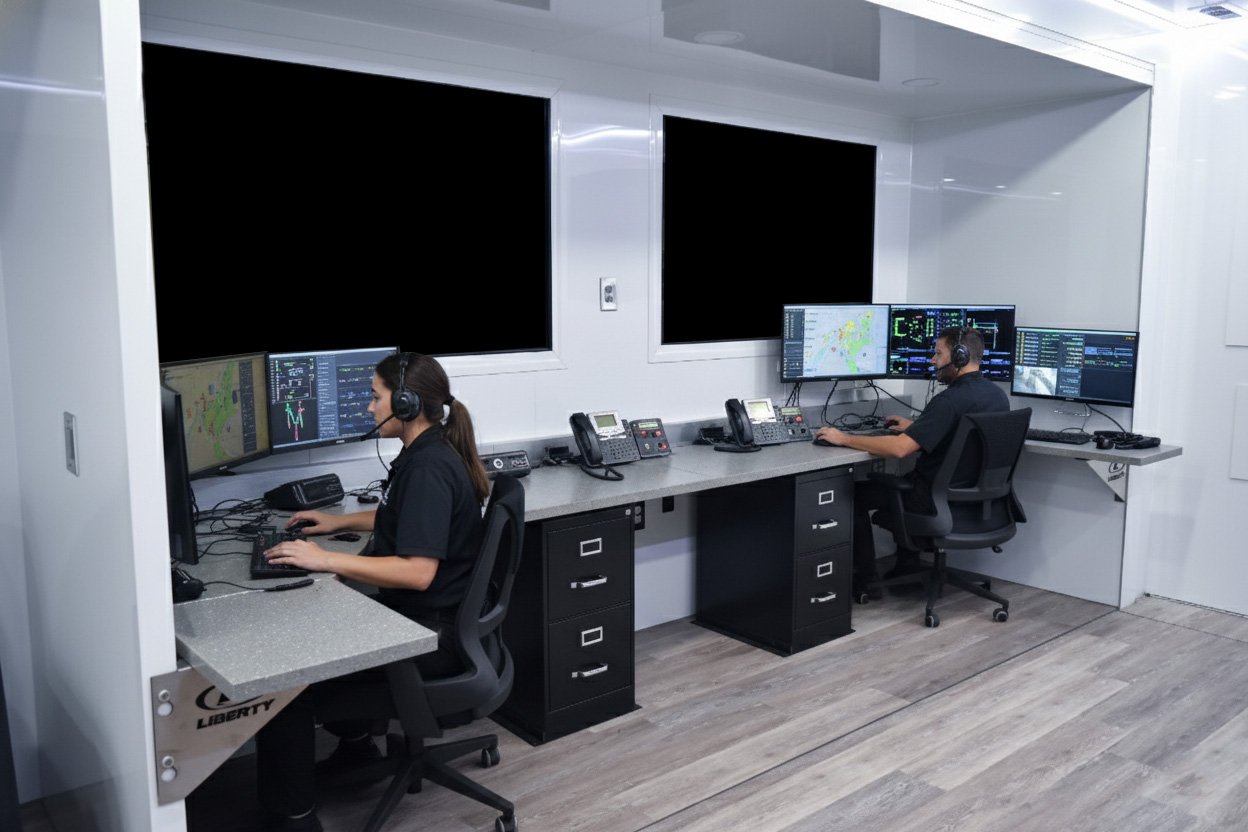
MCCs carry their own power systems, air conditioning, and backup equipment to stay functional even in remote areas. Some even come with GIS mapping tools and live video feeds so teams can track progress or emergencies in real time.
What began as a military and government tool has spread into the corporate world. Companies saw how valuable mobile command units were in disaster response, and realized they could use the same setup for oil rigs, infrastructure projects, or even IT service management.
Today, MCCs are more affordable and versatile, making them a smart solution for industries that need flexibility.
While traditional offices are tied to one place, MCCs are built for movement. They’re designed to function in remote or unstable environments where regular buildings can’t. They provide not just space to work, but also secure communications, field monitoring, and team coordination. In short, MCCs bring the control room wherever the work happens.
Not every business needs a mobile command center. But for industries where work happens far from headquarters, or where quick decision-making is critical, they can be a game-changer. MCCs allow teams to stay close to the action while still enjoying the oversight of a traditional office.
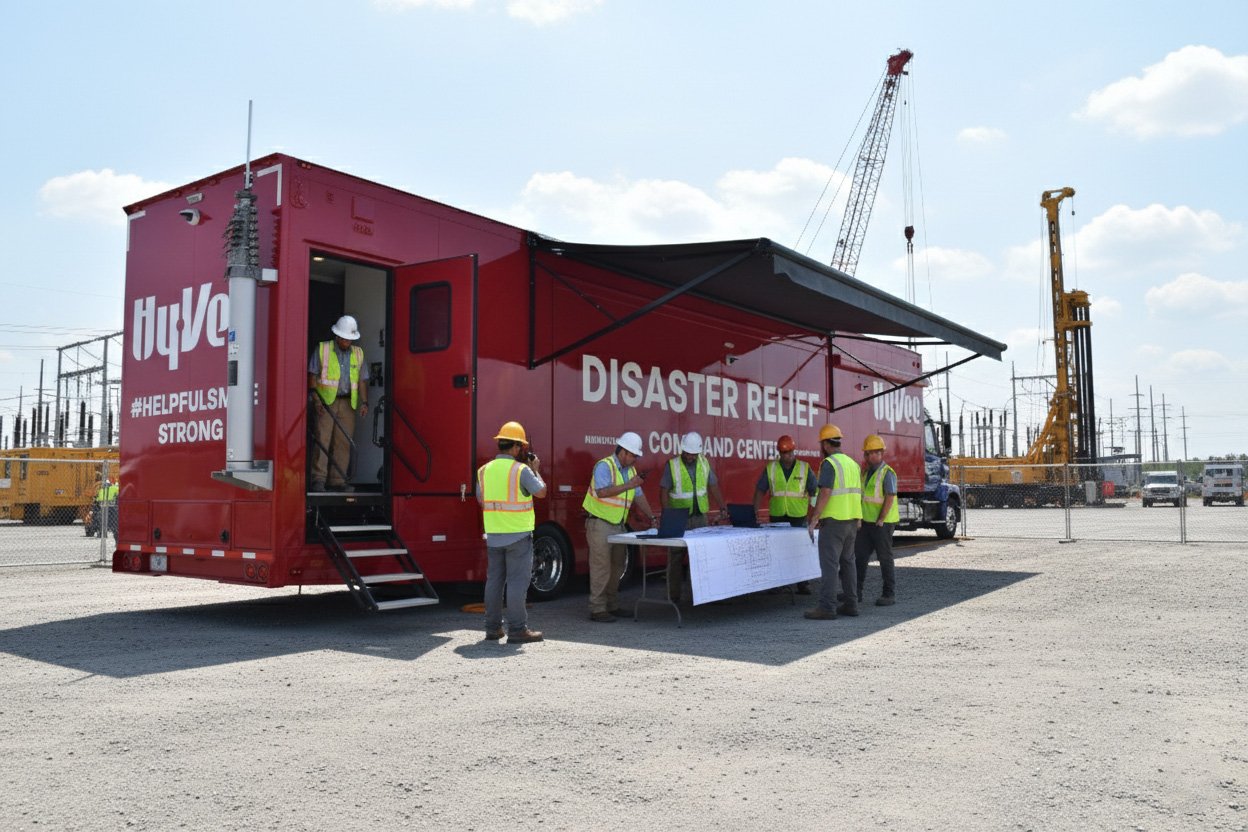
Energy companies often work in remote, isolated environments. If an oil pipeline needs urgent inspection, supervisors can’t afford delays. MCCs let teams monitor equipment, track sensors, and share updates instantly. The U.S. Energy Information Administration notes that digital and analytics improvements have reduced rig downtime and increased operational efficiency. MCCs help minimize costly interruptions by making oversight immediate and more responsive.
Big construction projects need strong coordination. From managing contractors to adjusting schedules, MCCs put project managers right in the center of the action. Instead of waiting hours for updates, they can access real-time data and make decisions faster. This keeps projects on time and within budget, even when challenges come up.
When rural areas need better internet or when towers fail during emergencies, telecom crews rely on MCCs to set up temporary communication hubs. These command centers act as field IT offices, letting workers troubleshoot problems, monitor systems, and roll out repairs without leaving the site.
During disasters, satellite and mobile communication systems are often deployed to restore connectivity where infrastructure is damaged. In post-Hurricane Maria recovery, 96% of cell sites in Puerto Rico were out of service, prompting federal agencies to deploy mobile and temporary assets to support telecom restoration.
At big events, concerts, conferences, and sporting events, companies need a safe, controlled environment. MCCs serve as event headquarters, where organizers monitor security cameras, manage staff, and respond quickly to issues. This not only improves safety but also builds trust with event-goers and corporate clients.
One of the biggest reasons companies invest in MCCs is convenience. Instead of wasting hours traveling back and forth to headquarters, managers can make decisions right on site. This speeds up operations and reduces delays.
Without MCCs, teams may have to return to a central office for approvals or data access. With MCCs nearby, all decisions and data are just a few steps away. This saves time, reduces travel costs, and keeps projects moving.
Field teams can communicate instantly with supervisors inside the MCC. This leads to better problem-solving and faster response to unexpected challenges. Everyone is working off the same data at the same time, making collaboration smoother.
From pulling up old project records to checking live equipment status, MCCs ensure data is available right when teams need it. This is crucial in industries where every minute. It saves time and increases productivity by reducing the chances of delay.
Most MCCs can be set up within hours and be fully operational in less than a day.
No. They are mobile by design and can move wherever operations need them.
Mobile command centers aren’t just mobile offices; they’re full-service hubs designed to cover every operational need in the field. Combining communications, monitoring, IT, and even emergency response tools provides companies with a single, centralized solution. This all-in-one approach reduces reliance on multiple scattered systems and makes it easier to keep operations smooth.
The backbone of any MCC is its ability to stay connected. These units come with satellite uplinks, radio systems, and high-speed broadband, ensuring uninterrupted communication. This is especially critical in areas where traditional infrastructure doesn’t exist or has been damaged.
Reliable communication allows for real-time updates between field teams and headquarters, helping businesses respond quickly to changing circumstances.
MCCs often include integrated security features such as surveillance cameras, motion detectors, and drone integration. This makes them useful not only for corporate monitoring but also for safety oversight. For example, in construction zones, managers can keep an eye on worker safety while also tracking equipment usage and workflow efficiency.
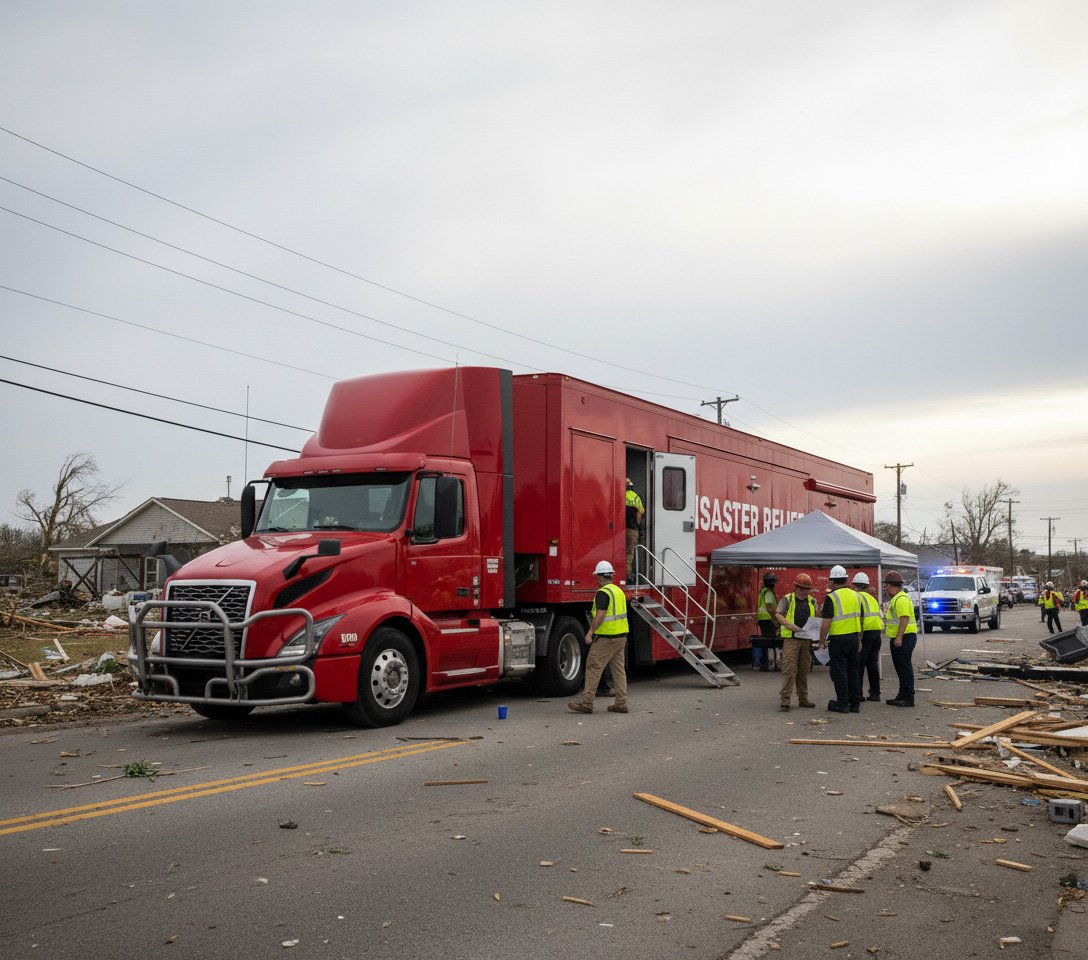
In high-risk industries, MCCs sometimes double as emergency response centers. Some are equipped with first-aid facilities, defibrillators, and direct communication lines to hospitals. During disasters, MCCs can also help coordinate evacuations and relief efforts. The CDC highlights the importance of mobile preparedness units to strengthen emergency responses.
While mobile command centers can carry a high upfront price tag, the long-term benefits make them a strong investment. Companies that adopt MCCs often find that they save money over time by reducing downtime, travel costs, and project delays.
Every hour of downtime in industries like energy, construction, and IT translates into lost revenue. MCCs cut downtime dramatically by placing decision-making tools right on the worksite. Supervisors can analyze issues, deploy teams, and resolve problems without waiting for data to travel back to headquarters.
Some corporations purchase a fleet of MCCs and rotate them between multiple projects. This not only spreads costs but also maximizes utilization. Instead of building multiple control rooms in different locations, one MCC can serve many purposes throughout the year.
Without MCCs, managers often fly back and forth from headquarters to job sites. These travel costs add up quickly. By having MCCs on-site, companies save money on flights, fuel, and lost time. Over a few years, the cost savings can easily surpass the initial investment.
In some cases, yes, particularly for industries tied to infrastructure, emergency management, or public safety. Programs through DHS or FEMA sometimes support mobile command investments.
In fast-moving industries, delays in decision-making can cause major setbacks. MCCs empower teams to make decisions instantly by giving them access to all the tools and data they need in one place.
Inside an MCC, supervisors often have access to real-time dashboards pulling data from field sensors, cameras, and digital systems. Having this live feed means decisions are based on the latest information, not outdated reports.
During emergencies, every second counts. MCCs allow teams to set up crisis command posts and respond immediately. Instead of waiting for headquarters to catch up, managers on the ground can take action, reducing risks and protecting people and assets.
Clients and stakeholders often want assurance that projects are well-managed. MCCs demonstrate professionalism and preparedness. When partners see a fully equipped command center on-site, it builds trust and signals that the company is capable of handling unexpected issues quickly.
Mobile command centers are evolving rapidly as new technologies reshape how businesses operate. The next generation of MCCs is set to be smarter, greener, and more connected than ever before.
Artificial intelligence is being integrated into MCCs to analyze data in real time and forecast potential issues. Predictive analytics can spot patterns, like equipment wear or safety risks, before they turn into costly problems.
Healthcare providers are adopting MCCs for mobile medical and eye clinics, proving their versatility beyond corporate use. Research published by the National Center for Biotechnology Information shows that tele-ophthalmology, including tele-optometry, enhances access to eye care in underserved areas. This trend signals that future MCCs will increasingly support both corporate and community needs.
Sustainability is becoming a priority. Many MCCs are being designed with solar panels, hybrid generators, and energy-efficient systems to reduce carbon footprints. These eco-friendly upgrades also cut long-term fuel costs, making them both sustainable and economical.
While mobile command centers offer many benefits, they’re not without challenges. From financial investment to technical issues, companies must be prepared to address potential risks.
Let's discuss what kind of challenges these MCCs have to face when operating.
MCCs carry advanced technology that requires regular maintenance. Breakdowns can halt operations if backup systems aren’t in place. Companies need to plan for ongoing service contracts and routine checks.
Because MCCs handle sensitive data, they’re prime targets for cyber threats. The National Institute of Standards and Technology (NIST) recommends strict cybersecurity practices to protect mobile systems. Encryption, secure VPNs, and compliance with data regulations are essential.
MCCs require substantial upfront funding. While ROI is strong over time, companies must be prepared for the early costs of vehicles, technology, and customization. Major companies with a growing mindset take these MCCs as a key factor in their business growth.
Most use encrypted systems and comply with federal security standards.
For companies investing in MCCs, proving value is crucial. That’s why impact is measured using clear performance metrics such as downtime reduction, safety improvements, and financial returns. Let's have a look at the measuring impacts of MCCs.
By cutting out delays and improving communication, MCCs often lead to major productivity boosts. Teams can finish projects faster, saving both time and money. They help a lot in decreasing time and increasing productivity.
Monitoring tools inside MCCs help reduce accidents and ensure quick response in emergencies. Safer job sites mean fewer delays, fewer injuries, and higher morale among workers. This also enhances a sense of satisfaction in the workers that they are safe and protected.
Clients and partners often view MCCs as a mark of professionalism. Positive feedback from stakeholders proves MCCs not only improve operations but also strengthen business relationships. Mobile command centers can also work as a promising partner to boost your business and improve the trust of customers.
Mobile command centers have gone from being specialized government tools to becoming mainstream solutions for businesses that need flexibility and control. They give companies the power to bring leadership, decision-making, and technology straight into the field. By investing in MCCs, companies cut downtime, improve safety, and save money on travel and logistics.
Yes, the initial investment can be high, and yes, there are risks like equipment maintenance or cybersecurity. However, strong companies see MCCs not as costs but as long-term assets that deliver strong returns. The impact is measurable: faster decisions, safer teams, happier clients, and more efficient projects.
If your business depends on field operations, a mobile command center isn’t a luxury; it’s the future of work. If you have any questions, the expert team at Craftsmen Industries is just a call away. Visit us today to get started.
Mobile command centers are one of the most useful tools for emergency response. They provide on-site coordination of staff members, tethering with bomb disposal units, can be used as a temporary dispatch center during a hurricane or other natural disaster, and more.
The MC Command Center module is necessary to link all the other modules together. It is required regardless of what combination of other modules is desired.
The Ground-Mobile Command Center was, or is, a U.S. Army program to develop and deploy hardened and secure mobile command posts for use by the President of the United States to command retaliation and counterattack by the U.S. armed forces in response to a catastrophic assault against North America.
Inside the Command Center module is a touch-screen wall-mounted display that gives the player access to eight Mobile Operations missions to unlock discounted prices on Warstock Cache & Carry vehicles. The Living Quarters serve only as recreation areas, with sofas, beds, and chairs that any player can sit on.
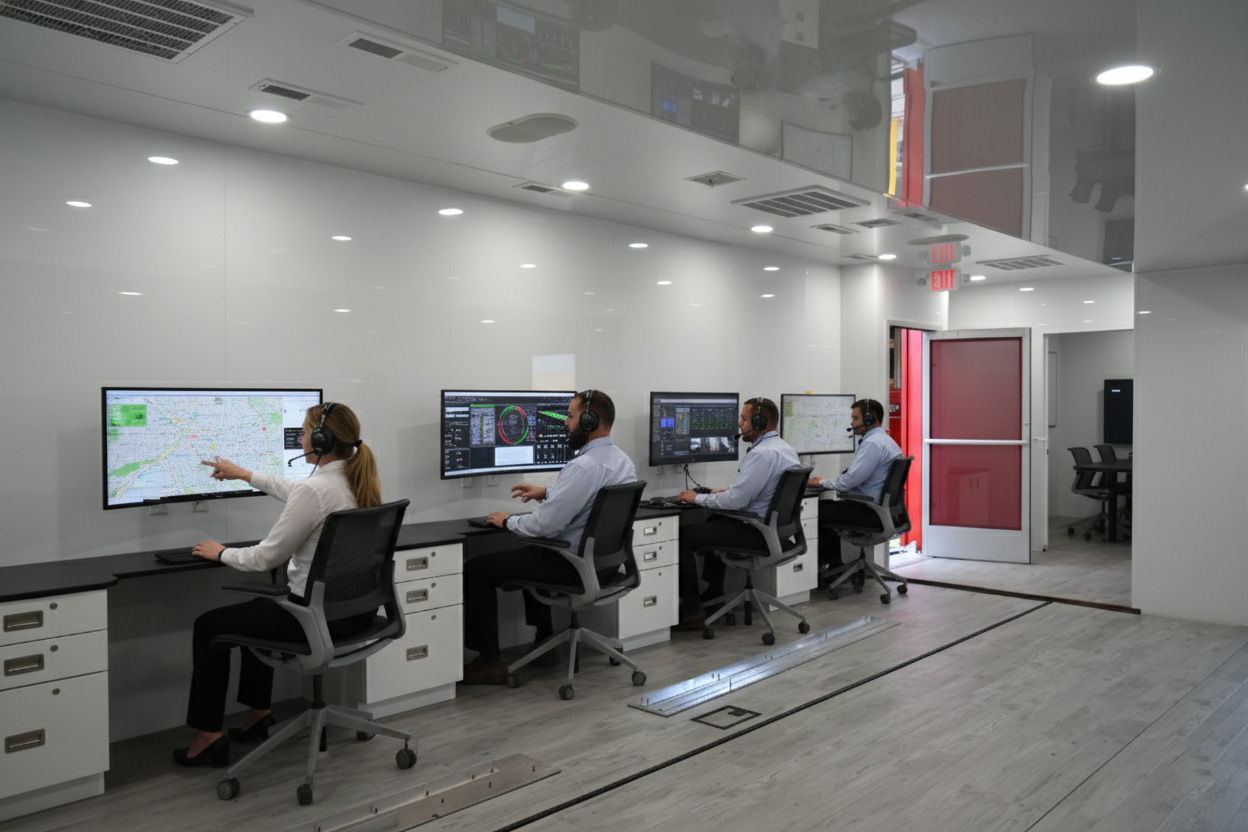
Mobile Command Units are no longer just trucks with radios, but they are advanced mobile hubs where audio-visual (AV) technology and collaboration...
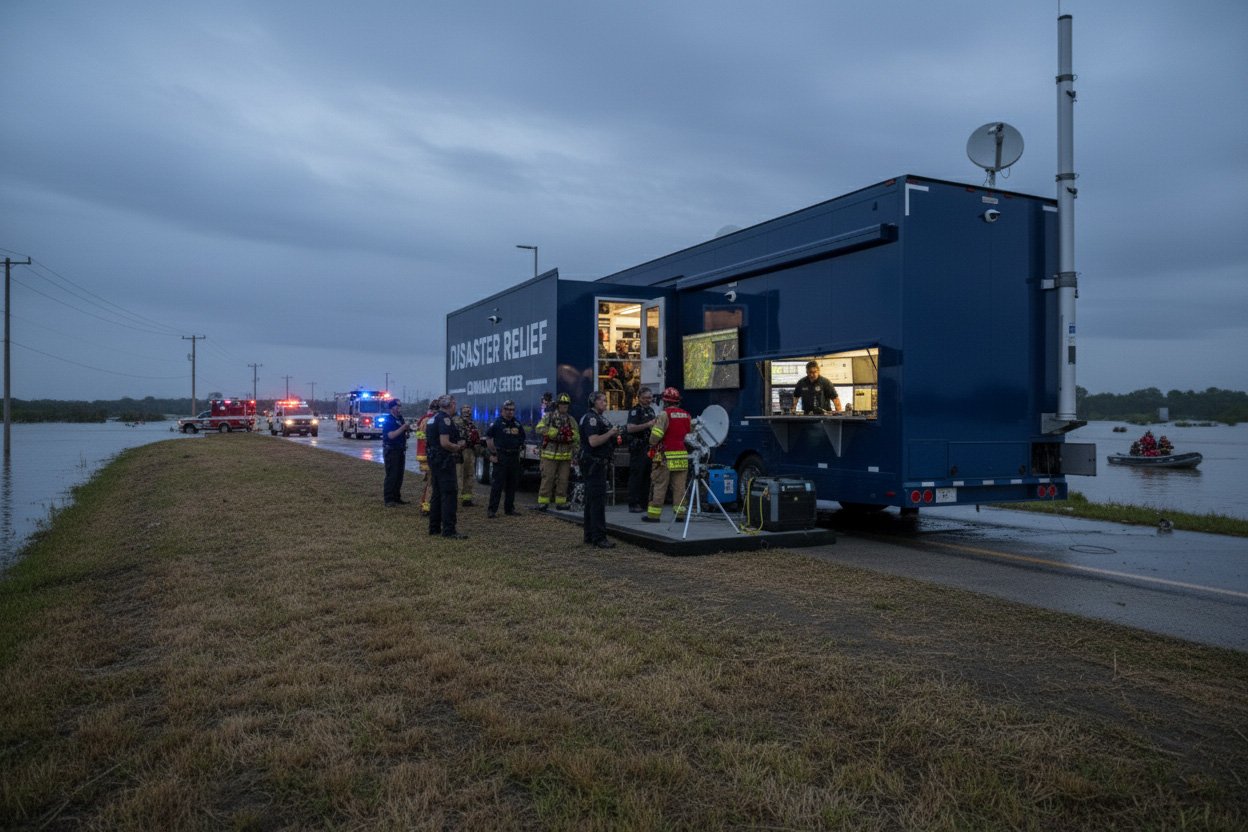
When natural disasters strike, chaos and disruption follow. Traditional communication networks collapse, mobility becomes restricted, and...
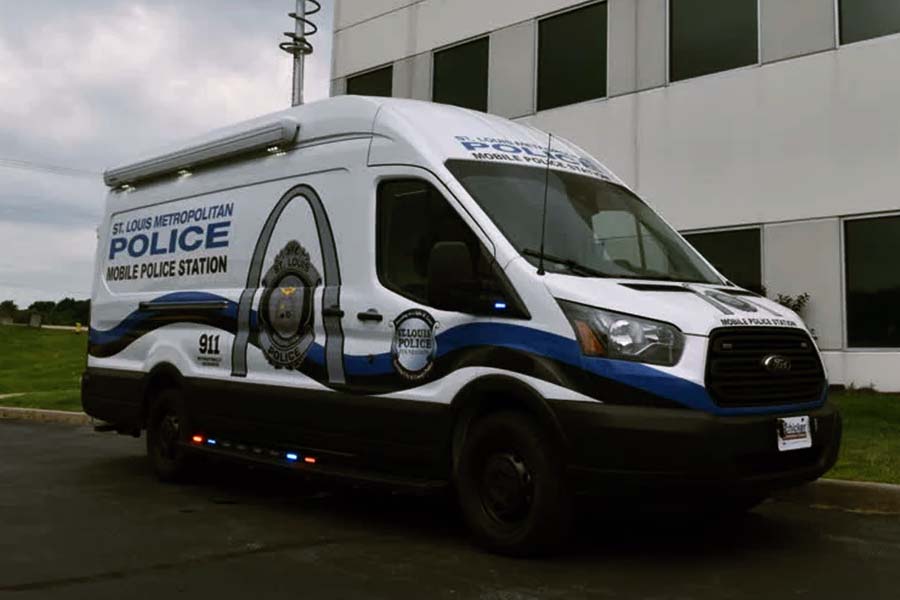
Mobile command centers are not only incredibly beneficial for law enforcement agencies but also for healthcare organizations. Knowing which factors...